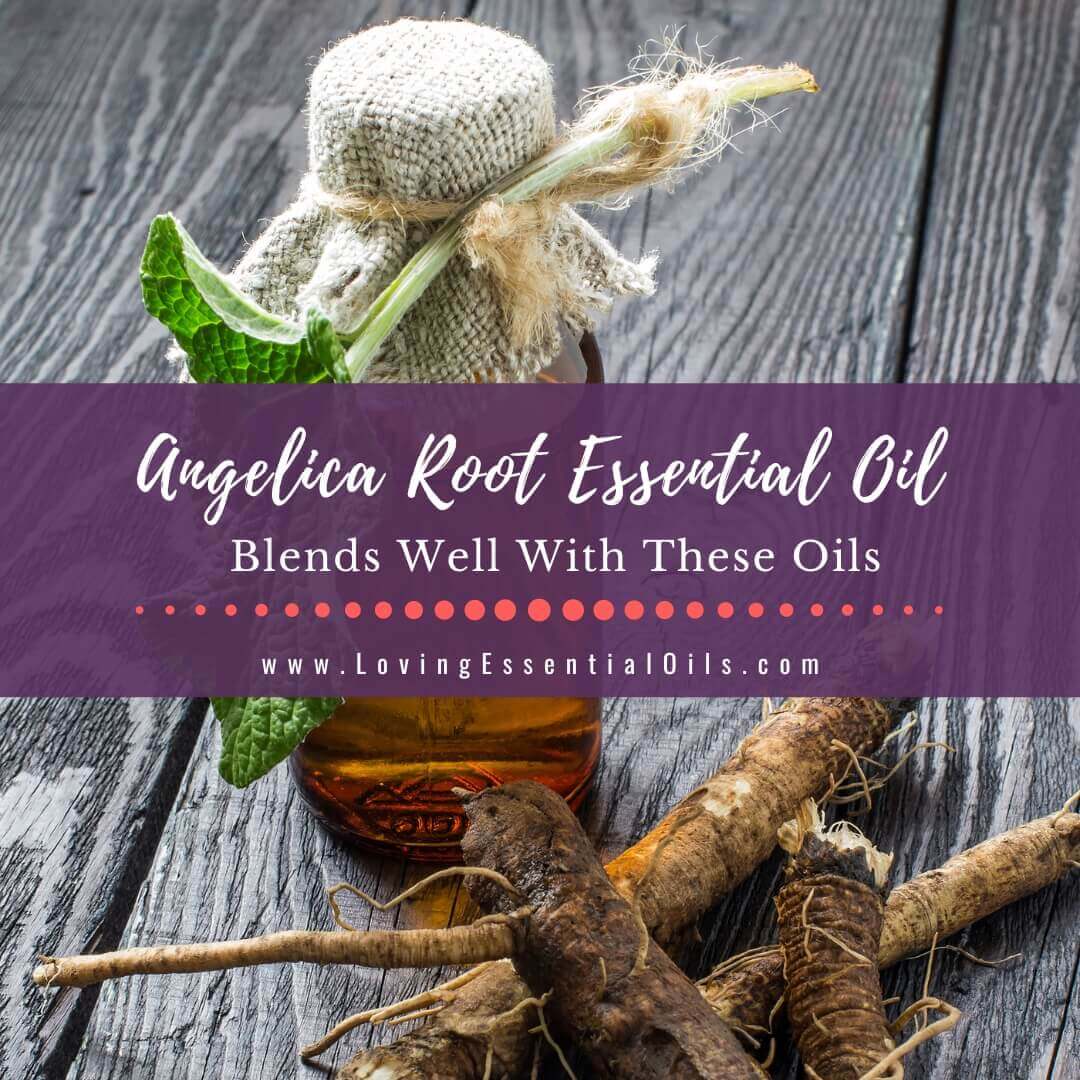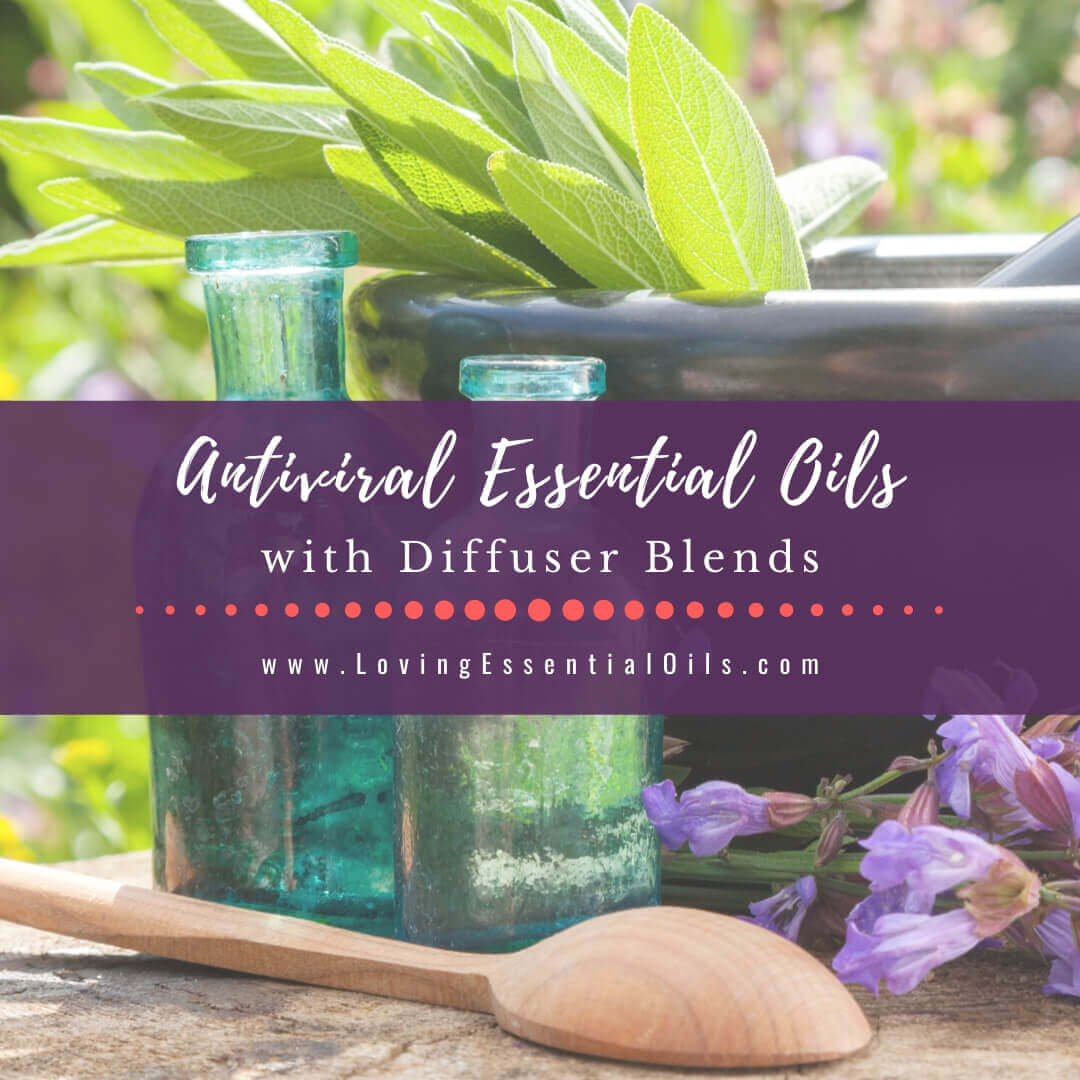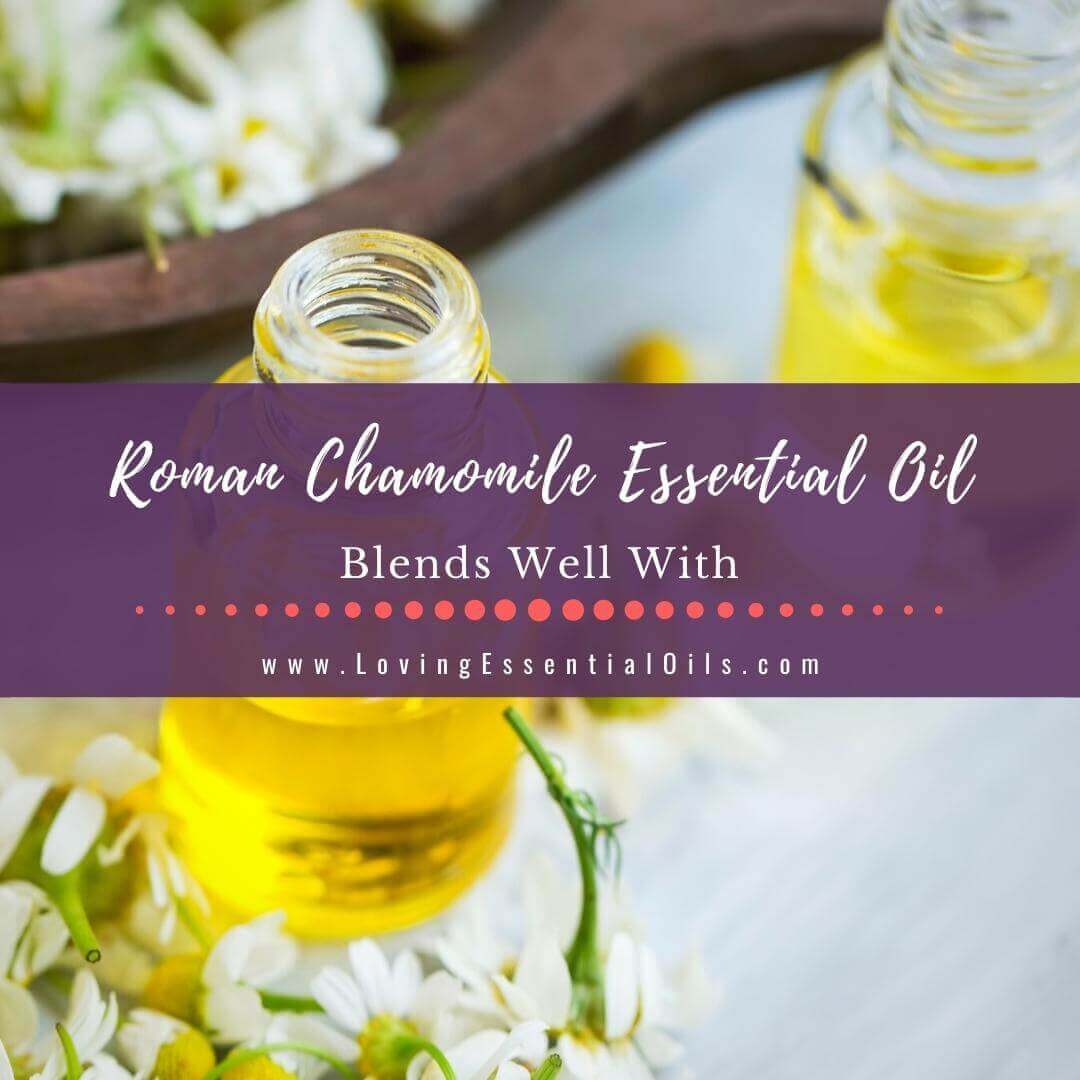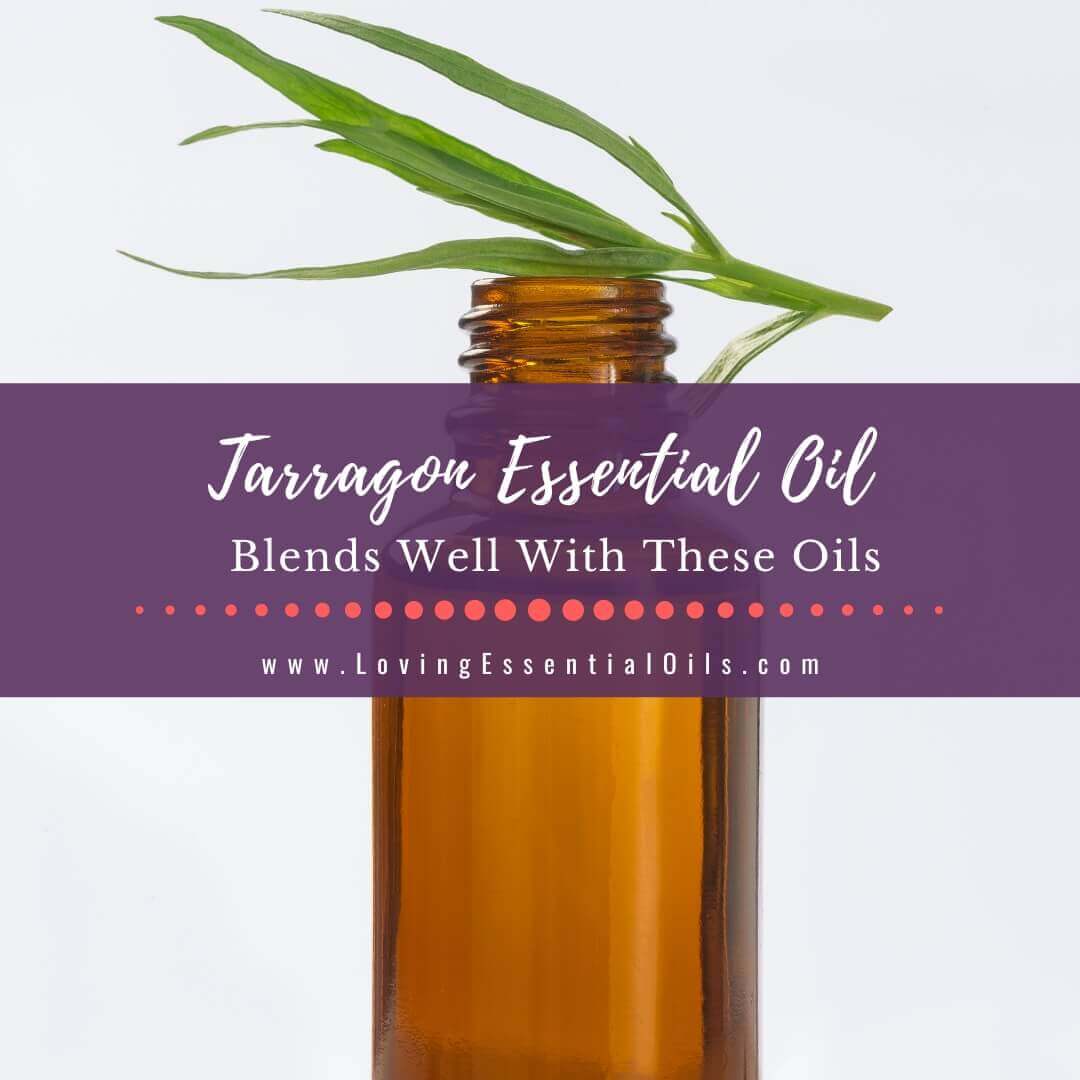Angelica Root essential oil, extracted from the Angelica archangelica plant, has been long recognized for its grounding and empowering properties. This oil is renowned for its ability to promote overall wellness and manage stress naturally.
Angelica root blends well with other oils and is commonly added to diffuser recipes. However, it is important to use caution when using Angelica Root oil topically, as it can cause phototoxic reactions if used on the skin and then that skin is exposed to sunlight.
In this article, we will explore the uses and benefits of Angelica Root oil, its aroma and blending properties, as well as safety and precautions when using this oil.
Angelica Root Essential Oil Facts
The Angelica archangelica plant can grow up to six feet tall and blooms soft clusters of pale-green flowers. These flowers are harvested to extract the essential oil, making it a valuable addition to any wellness routine.
- Botanical Name: Angelica archangelica
- Botanical Family: Apiaceae
- AKA: n/a
- Note: Middle to Base
- Aroma: Warm, earthy, spicy, and slightly-sweet
- Extraction Method: Steam Distilled
- Plant Part Used: Root
- Shelf Life: 1-2 Years
- Kid Safe: Yes
- Pregnancy Safe: No
- Adult Max Dilution: 0.8%
- Safety Concerns: Keep out of reach of children. If pregnant or under a doctor’s care, consult physician. Avoid contact with eyes. Do not use internally unless instructed by a licensed aromatherapist or physician. Avoid sunlight or UV rays for up to 12 hours after applying topically.
Angelica Root Blends Well With These Oils
Angelica is a root essential oil that offers numerous benefits. It has been used traditionally for its calming properties and to promote a sense of grounding. When blended with citrus oils like lemon or grapefruit, Angelica Root enhances the fresh and uplifting qualities, creating a harmonious blend that invigorates your senses.
Additionally, when combined with grounding oils such as patchouli and vetiver, Angelica Root adds depth and stability to the blend, fostering a sense of inner balance.
Angelica Essential Oil Blends Well With
- Mandarin
- Patchouli
- Clary Sage
- Vetiver
- Lemon
- Grapefruit
What does Angelica Essential Oil Smell Like?
The whole plant has a strong, aromatic scent. The angelica root essential oil has a musky, herbaceous aroma with a fresh and spicy top note.
It can act as a fixative. The root oil is colorless or pale yellow, but it will turn a yellow-brown color as it ages.
Angelica Root Aroma and Blending
The strong green herbal and spicy aroma of Angelica Root essential oil makes it a versatile oil that blends well with other essential oils. Its warm and slightly sweet scent makes it a popular choice in perfume blends.
When creating a DIY perfume blend, Angelica Root essential oil can be added to complement other oils and create a unique scent.
Harness the power of Angelica Root by blending it with citrus or grounding oils, and you'll discover a harmonious combination that uplifts and grounds you simultaneously.
Blending with Citrus Oils
The synergy of Angelica Root and Lemon Oil
Angelica Root and Lemon Oil create a perfect harmony when blended together. The bright, uplifting scent of Lemon Oil complements the earthy, herbaceous aroma of Angelica Root.
This blend creates a refreshing and invigorating atmosphere that can help to uplift your mood and promote a sense of clarity and focus. It is particularly beneficial during times when you need an extra burst of energy or assistance in overcoming mental fatigue.
Enhancing Aromatherapy with Angelica Root and Grapefruit Oil
When Angelica Root is combined with Grapefruit Oil, an invigorating and balancing blend is created.
The sweet, citrusy scent of Grapefruit Oil adds a refreshing element to the earthy notes of Angelica Root, resulting in a powerful combination that can help to uplift your spirits and promote a sense of calm and relaxation. This synergistic blend is perfect for those times when you need to unwind and let go of stress.
Blending with Grounding Oils
Finding Balance with Angelica Root and Vetiver Oil
For those seeking a deeper connection with nature and inner peace, blending Angelica Root with Vetiver Oil is an excellent option. Known for its strong earthy scent, Vetiver Oil brings a sense of grounding and calmness.
When combined with Angelica Root, these oils work together to promote a grounded state of mind and create a serene environment. It's an ideal blend for meditation or when you need to find your center amidst the chaos of everyday life.
Pairing Angelica Root with Patchouli Oil
When it comes to creating a harmonious blend of essential oils, Angelica Root and Patchouli Oil are a match made in heaven. Angelica Root, with its top to middle note, adds depth and complexity to Patchouli Oil, enhancing its earthy and grounding qualities.
This combination creates a captivating aroma that lingers in the air, leaving you with a sense of stability and tranquility.
Whether you're looking to create a relaxing atmosphere or seeking a moment of introspection, blending Angelica Root with Patchouli Oil is the a top choice.
Remember, Angelica Root's versatility shines when blended with citrus and grounding oils. So, whether you're seeking an invigorating burst of energy or a soothing moment of calm, experimenting with these combinations will help you discover the perfect harmony of scents.
Angelica Root Diffuser Blends
Add one of the essential oil recipes below to diffuser with recommended water for your diffuser tank. I like to use a 100 to 200 ml water tank diffuser but you can use whatever size you prefer.
Today is My Day
- 3 drops Lemon
- 3 drops Tea Tree
- 2 drops Angelica Root

Frosted Morning
- 3 drops Blue Tansy
- 2 drops Angelica
- 2 drops Black Spruce
- 1 drop Peppermint

Inspiration
- 4 drops Lavender
- 4 drops Frankincense
- 3 drops Angelica Root

Unfrenzied
- 3 drops Lemon
- 3 drops Angelica
- 3 drops Blue or Black Spruce
Mindset Reset
- 4 drops of Tangerine Oil
- 2 drops of Angelica Oil
- 2 drops of Pine Oil

More Angelica Essential Oil Combinations
Harmonizing blend of Angelica Root, Lemon, and Patchouli
Create a harmonizing blend by combining equal parts of Angelica Root, lemon, and patchouli. This aromatic fusion will uplift your spirits while promoting focus and clarity. Use this blend in your diffuser during times of stress or when you need a boost of motivation.
Calming blend of Angelica Root, Grapefruit, and Vetiver
For a calming blend, mix Angelica Root with grapefruit and vetiver. This combination will help you unwind after a long day, promoting relaxation and tranquility. Use this blend in a massage oil or add a few drops to your bath for a soothing self-care ritual.
Embrace the versatility of Angelica Root and discover the endless possibilities of blending it with citrus and grounding oils. Let your creativity flow and create unique aromatic experiences tailored to your needs.
Angelica Oil Uses and Benefits
Angelica Root essential oil has a history of being used as a shielding agent to dispel negative energies and has several potential uses and benefits.
Stress Management
One of its most important uses is stress management. This essential oil has a grounding and empowering effect that helps to mitigate feelings of stress and frustration. It is a natural way to relax and unwind after a long day and can help to promote a sense of calm and wellbeing.
Skin Care
In addition to stress management, Angelica Root essential oil is also known for its skin-soothing properties. It can be used to soothe occasional skin irritations and provide relief for dry, itchy skin.
When used topically, it can promote healthy-looking skin and improve the overall appearance of the complexion.
It is important to keep in mind that Angelica Root essential oil is photosensitive and can cause skin irritation if exposed to sunlight or UV light.
Safety and Precautions
When using essential oils, it is important to take safety precautions and be aware of any potential risks or side effects. This is particularly true for Angelica Root essential oil, which can cause phototoxic reactions when used above the recommended maximum dilution rate of 0.8%.
It is essential to dilute Angelica Root oil and use it in small proportions to avoid such reactions. Additionally, pregnant women should consult a physician before using this oil, and it should be kept out of reach of children.
To dilute Angelica Root oil safely, it is recommended to use a carrier oil, such as jojoba oil or coconut oil. This will help to reduce the risk of skin irritation.
It is also important to avoid sun and UV light exposure after using this oil topically, as it can cause further skin irritation and burns. Overall, taking precautions when using Angelica Root essential oil can help to ensure its safe and effective use for promoting wellness and managing stress.
Frequently Asked Questions About Angelica Root Oil
Can Angelica Root essential oil be used for digestive issues?
Angelica root oil benefits may include aiding in digestive health. It can be used in small proportions, appropriately diluted, and blended with other oils. Consult a physician before use, and avoid use with young pets or pets with health problems. How to use angelica root oil for digestive health has not been extensively studied, so further research is necessary.
Is Angelica Root essential oil safe to use during pregnancy?
Angelica Root essential oil should be avoided during pregnancy due to its potential to cause uterine contractions. However, it can be used for emotional wellness and may provide benefits for menstrual issues when used in small proportions and with caution.
What is the difference between Angelica Root essential oil and Angelica Seed essential oil?
Angelica root essential oil is extracted from the root while angelica seed oil is extracted from the seeds. Both have unique chemical compositions and benefits. Angelica root oil is commonly used for managing stress and promoting wellness while also being beneficial for hair growth. The choice between the two oils ultimately depends on individual needs and preferences.
Can Angelica Root essential oil be used for respiratory issues?
Angelica Root essential oil has not been extensively studied for respiratory issues, but its anti-inflammatory and antibacterial properties suggest potential benefits. It can be blended with other oils and diffused or added to inhalers. Dilution and caution are advised. Benefits of using angelica root oil for respiratory health and tips for incorporating it into a wellness routine require further research.
Is Angelica Root essential oil safe to use on sensitive skin?
Angelica root oil benefits sensitive skin due to its anti-inflammatory and calming properties. It can be used in small dilutions to relieve occasional irritations. Always conduct a patch test and consult a physician before use. Angelica root oil uses include skin care, massage, and aromatherapy.
What is the difference between Angelica Root essential oil and Angelica Seed essential oil?
The main difference between Angelica Root essential oil and Angelica Seed essential oil lies in the part of the plant from which they are extracted. Angelica Root oil is derived from the root of the Angelica plant, while Angelica Seed oil is obtained from the seeds of the same plant. These different parts of the plant yield distinct aromatic profiles and potentially varying therapeutic properties.
Final Thoughts on Blending Angelica Root Essential Oil
By incorporating Angelica Root into your aromatic blends with citrus oils like Lemon and Grapefruit, or grounding oils like Patchouli and Vetiver, you can create captivating and harmonious scents that enhance your well-being and create a soothing and balanced atmosphere.
However, it is important to use this oil in small proportions and dilute it properly to avoid any potential skin irritation. Additionally, this oil should be avoided in products that will be exposed to sunlight or UV light, as it can cause phototoxic reactions.
When blended with Patchouli, Clary Sage, Vetiver, Mandarin and other citruses, Angelica Root oil can add spicy nuances to any blend. Experiment with different ratios and enjoy the beautiful aromas that Angelica Root brings to your essential oil collection.







